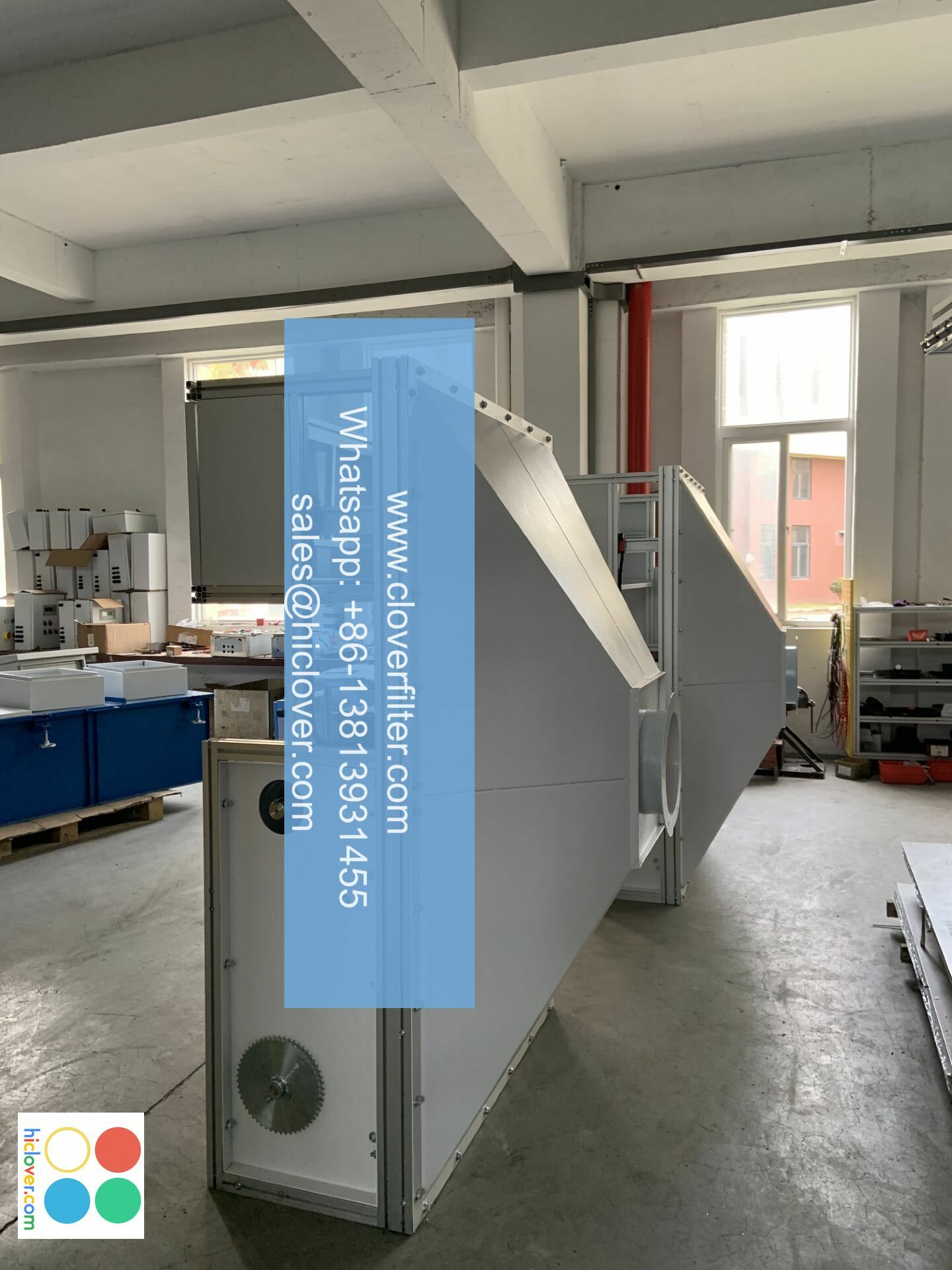The Science Behind Air Filter Innovation: A Deep Dive into the Technology

The Science Behind Air Filter Innovation: A Deep Dive into the Technology
Air Quality Matters: The Importance of Effective Air Filtration
Air quality is a critical aspect of our well-being, and air filters play a crucial role in maintaining a healthy and safe indoor environment. With the increasing awareness of indoor air pollution and its impacts on our health, the demand for effective air filters has never been higher. In this article, we will delve into the science behind air filter innovation, exploring the technology, materials, and applications that make up the world of air filtration.
The Science of Air Filtration
Air filtration is a complex process that involves the removal of pollutants, allergens, and particulate matter from the air. The science behind it is rooted in the fundamental principles of fluid mechanics, physics, and chemistry. Air filters work by using a combination of mechanical, thermal, and chemical processes to capture particles and contaminants, which are then removed from the air stream.
Key Components of Air Filter Technology
- Material Selection: The choice of materials used in air filters is crucial in determining their effectiveness. From activated carbon to HEPA (High-Efficiency Particulate Air) filters, each material has its unique properties and advantages.
- Surface Area: The surface area of an air filter plays a significant role in its ability to capture particles and contaminants. A larger surface area provides more opportunities for particles to be trapped and removed.
- Pore Size: The size of the pores in an air filter determines its ability to capture particles of a specific size range. Smaller pore sizes are typically used to capture smaller particles, such as allergens and bacteria.
- Moisture and Humidity: The presence of moisture and humidity can affect the performance of air filters, particularly those using activated carbon or zeolite materials.
Types of Air Filters
- Mechanical Filters: These filters use a mechanical process to capture particles and contaminants, such as fiberglass, mesh, or paper-based filters.
- Activated Carbon Filters: These filters use activated carbon to remove gases, odors, and volatile organic compounds (VOCs) from the air.
- HEPA Filters: High-Efficiency Particulate Air (HEPA) filters use a combination of mechanical and electrostatic charges to capture particles as small as 0.3 microns in size.
- Ultraviolet (UV) Filters: These filters use ultraviolet light to kill bacteria, viruses, and other microorganisms, resulting in cleaner and healthier air.
Applications of Air Filter Technology
- Residential Air Purifiers: Indoor air quality is a growing concern in homes, with air purifiers becoming increasingly popular for use in residential properties.
- Commercial HVAC Systems: Air filters play a crucial role in maintaining the air quality in commercial HVAC systems, ensuring a healthy and productive work environment.
- Automotive Air Filters: Vehicle air filters are designed to capture particulate matter, pollen, and other contaminants, providing a cleaner and healthier driving experience.
- Industrial Air Purifiers: Heavy industries, such as those involving chemicals, manufacturing, or pharmaceuticals, require specialized air purification systems to maintain a safe and healthy working environment.
Future of Air Filter Technology
As the demand for air filters continues to grow, research and development are focused on improving the performance, efficiency, and sustainability of these important technologies. Some of the key areas of focus include:
- Nanotechnology: The use of nanomaterials in air filters promises improved performance, efficiency, and flexibility.
- Biotechnology: Biodegradable or biocompatible materials may offer a more sustainable alternative to traditional air filters.
- Artificial Intelligence (AI): The integration of AI and IoT technologies can optimize air filter performance, maintenance, and replacement.
In conclusion, the science behind air filter innovation is a complex and evolving field, driven by advances in materials science, nanotechnology, and biotechnology. As we continue to push the boundaries of air filter technology, we can look forward to improved indoor air quality, better health outcomes, and a cleaner environment for generations to come.
References:
- U.S. Environmental Protection Agency (EPA). (2020). Indoor Air Quality. Retrieved from https://www.epa.gov/indoor-air-quality
- American Lung Association. (2020). Indoor Air Quality. Retrieved from https://www.lung.org/our-initiatives/indoor-air-quality
- European Centre for Allergy Research (ECAR). (2019). Air Filters and Allergies. Retrieved from https://www.ecar.org/air-filters-and-allergies
I’m ready to help! What would you like to talk about or ask? I can assist you with a wide range of topics, from general knowledge questions to more specific requests like writing a story or creating a poem.

